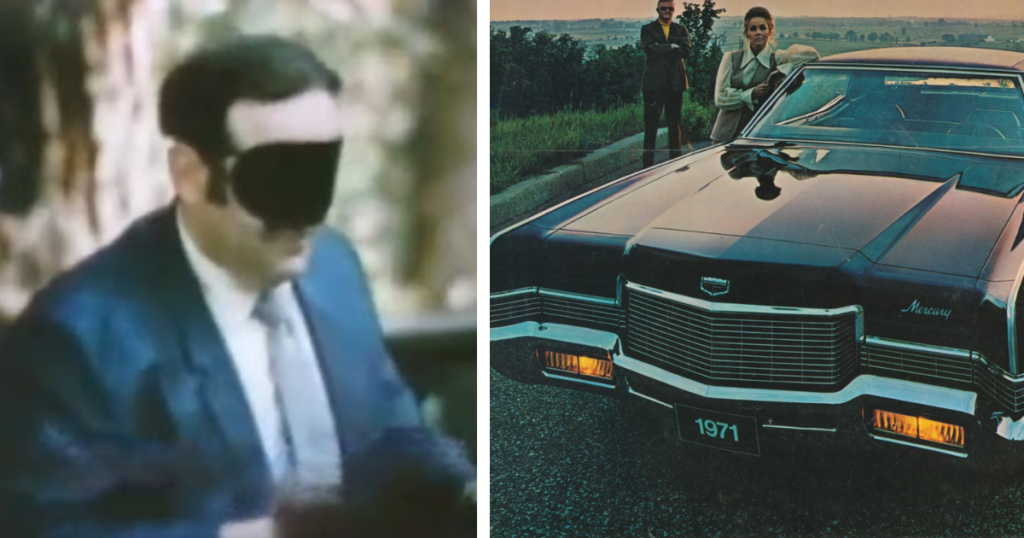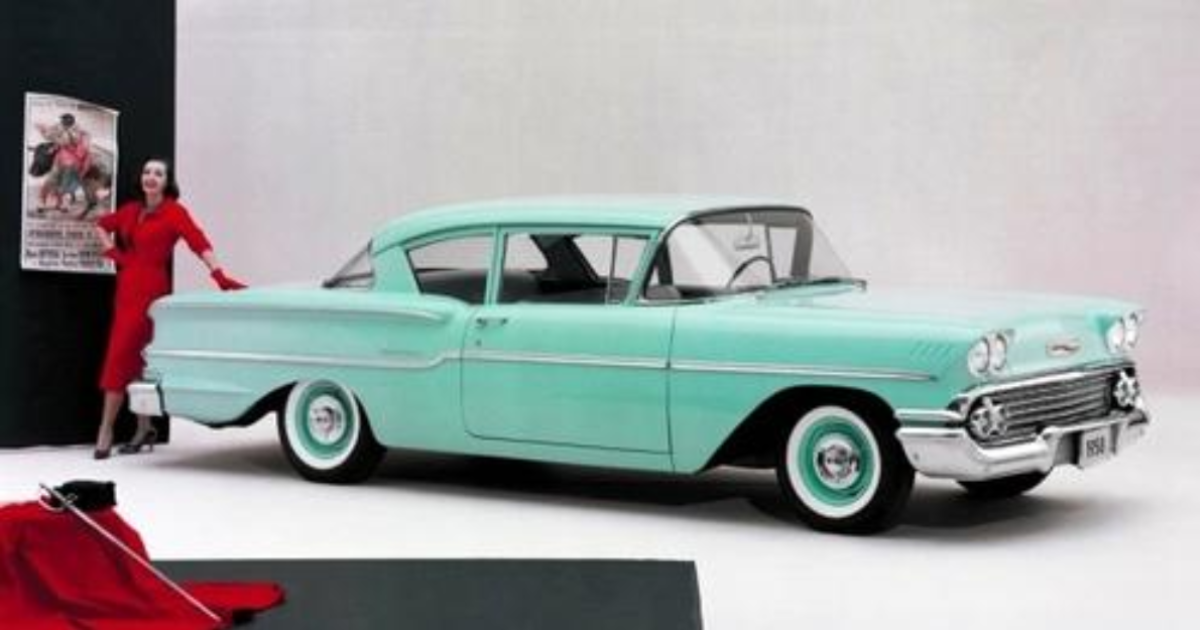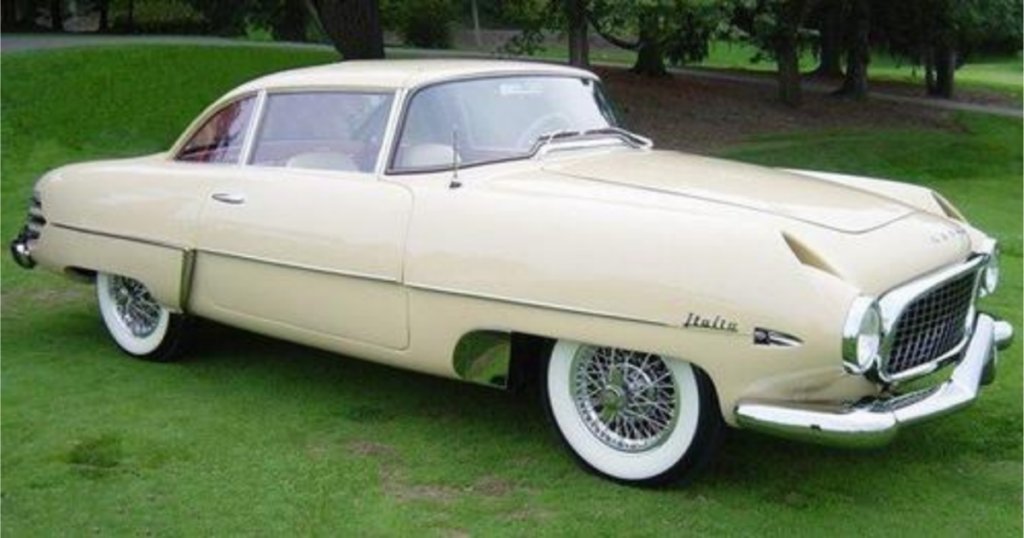
Originally focused on manufacturing small, dependable family cars, Bayerische Motoren Werke (BMW) took a significant leap into the realm of “performance cars” with the introduction of their inaugural model at the Berlin Motor Show in May 1934.
The 15/1 Sport, a two-passenger roadster, boasted 40 horsepower and a top speed well exceeding 60 mph. This model marked BMW’s first foray into motorsport success, as the factory team entered five cars in the 1934 Alpine Rally, and they were the sole competitors in their class to earn maximum points.

In 1935, the 315/1 made way for the 319/1, featuring an engine expanded to 1,900 cubic centimeters to align with the 2-liter racing class. Now delivering 55 horsepower and capable of reaching around 80 mph, the 319/1 combined attractiveness with speed.
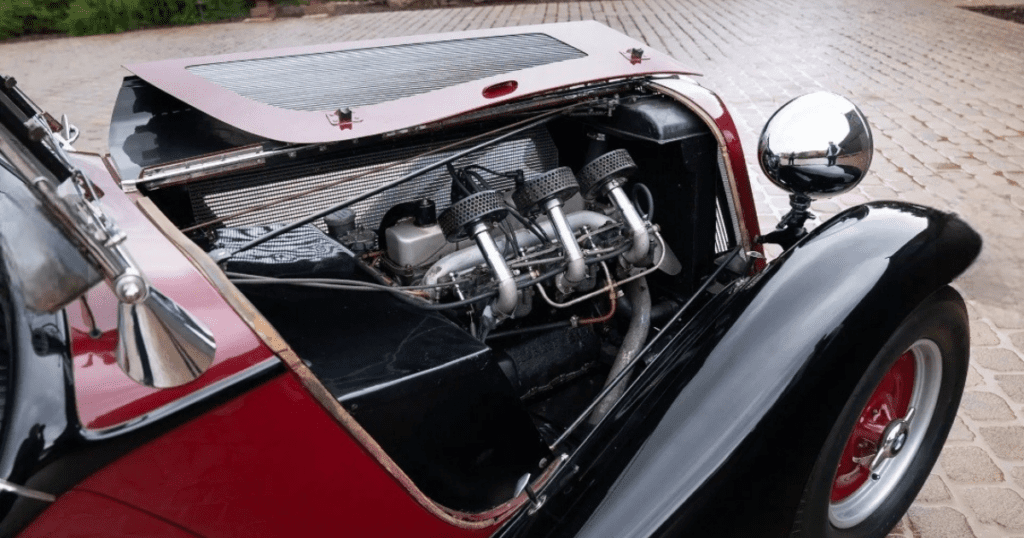
The 319/1’s interior, though maintaining a minimalist design characteristic of the era, offered a level of comfort and functionality essential for an enjoyable driving experience. The cockpit featured straightforward instrumentation, and the two-passenger roadster layout underscored the car’s sporty and dynamic character. The cabin materials, while simple, exuded a quality that resonated with BMW’s commitment to craftsmanship.
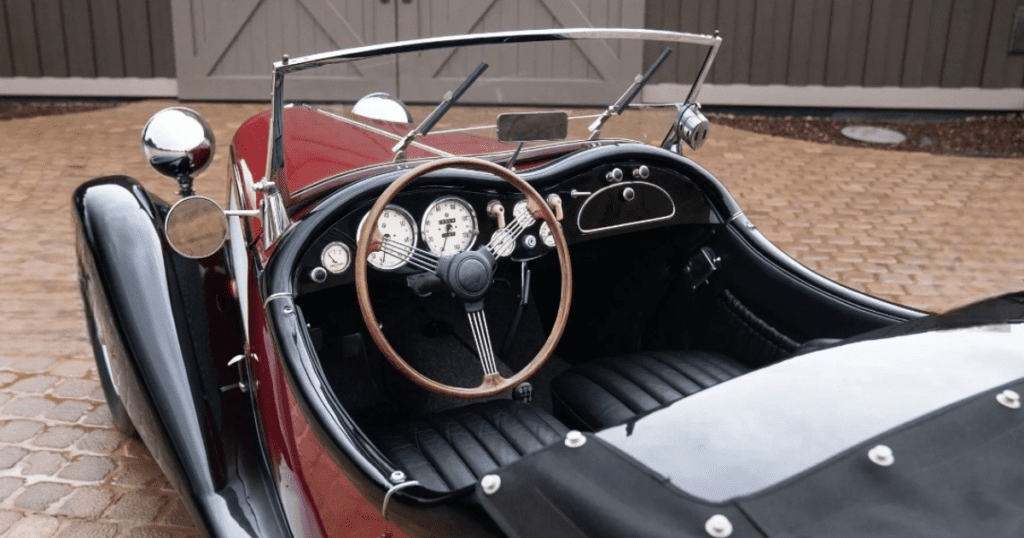
The seats inside the BMW 319/1 were carefully made and padded in high-quality materials, making the room comfortable and welcoming for both the driver and passenger. The two-passenger roadster layout put the focus on simplicity and practicality, making the driving experience the best it could be.
Even though the seats were simple, the stitching and materials used showed that a lot of thought went into them. This added to the car’s modest luxury and purposeful look.

The BMW 319/1, with its two-passenger roadster design, had a compact rear end that housed a distinctive feature – a Stepney tire. The spare tire, elegantly encased in the back trunk, provided both a practical solution for emergencies and a stylish touch to the car’s aesthetics.

Externally, the 319/1 showcased a sleek and aerodynamic profile, embodying the design principles of the 1930s. Its flowing fenders, gracefully integrated headlights, and an elegantly sloping hood contributed to its aesthetic appeal. The exterior design not only prioritized aesthetics but also incorporated elements geared towards achieving optimal performance, reflecting BMW’s dedication to both form and function.
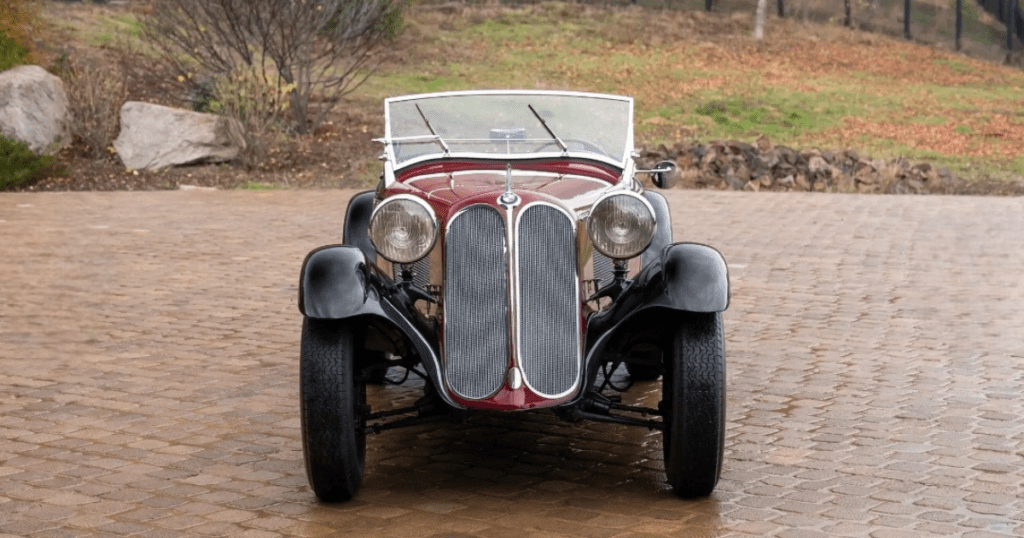
Limited to a production of 102 units due to its high cost, the rare BMW 319/1 has few units. Only a handful made their way to the United States, where BMW was initially a niche novelty, gaining recognition post-war. These surviving 319/1 models represent a pivotal chapter in BMW’s early exploration of performance cars.

